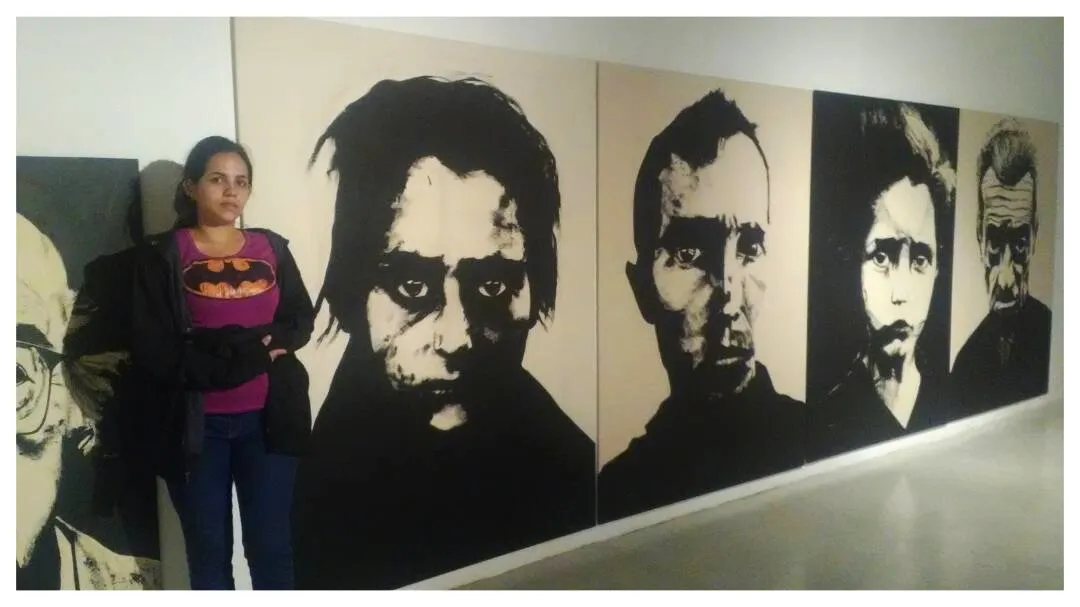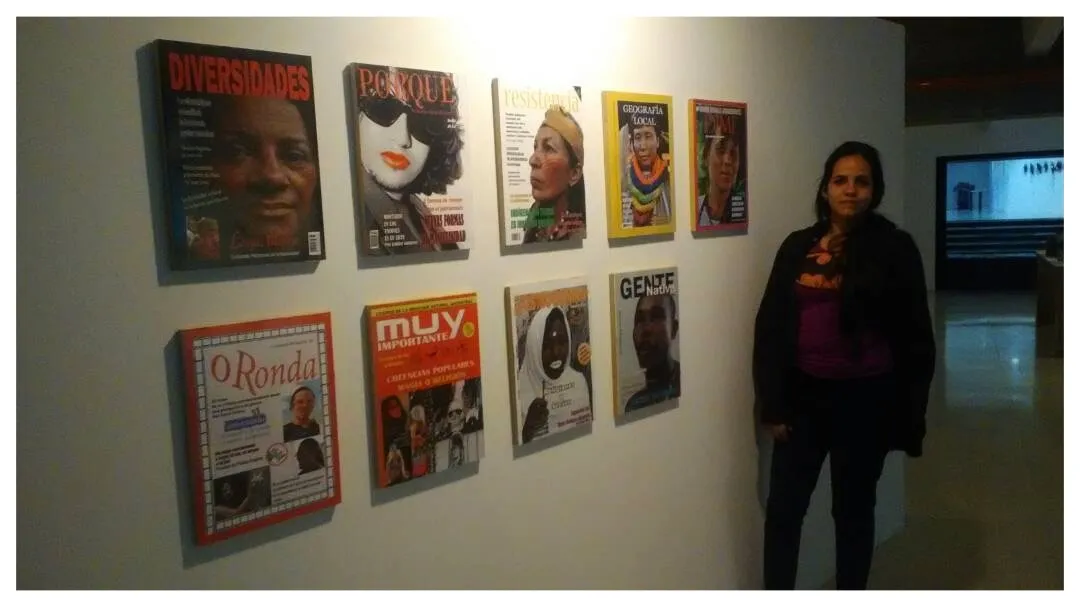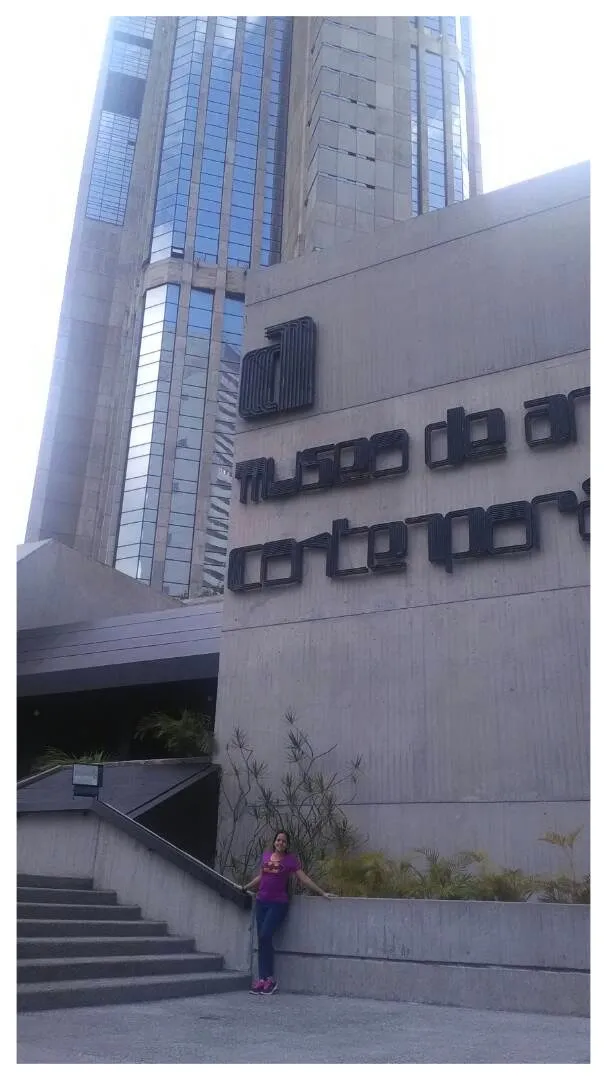
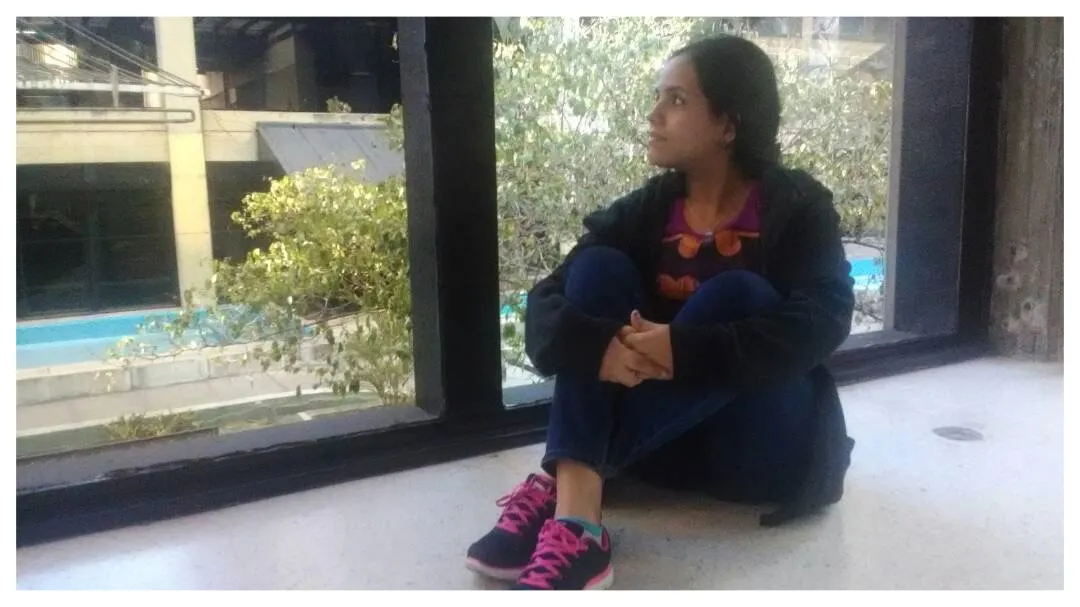

Hello everyone! Today I bring you a new article dedicated to one of the most important museums in the country, it is the Armando Reveron Museum of Contemporary Art of Caracas, formerly known as the Museum of Contemporary Art of Caracas Sofia Imber. Or simply known as the Museum of Contemporary Art is located in the city of Caracas, Venezuela. So let's get started with it!
The Museo de Arte Contemporáneo de Caracas was founded in 1973. The following year, in 1974, it is finally inaugurated during the mandate of Rafael Caldera. The museum was headed by the well-known journalist and cultural manager, Sofía Ímber, who did a hard work as General Director of the museum for 27 years, together with some other members such as Carlos Rangel and Gustavo Rodríguez. The purpose of the construction and solidification of the museum was to create a museum space in accordance with the new artistic tendencies of the time and to generate, through a school of plastic arts, the formation of new plastic artists. For years, the museum was filled with art collections from Venezuelan artists such as Jesús Soto, Cruz Diez, Armando Reverón and foreign artists such as Picasso, Kandinsky, Monet, Dalí, Rodin, Matisse and others.
¡Hola a todos! El día de hoy les traigo un nuevo artículo dedicado a uno de los museos más importantes del país, se trata pues del Museo de Arte Contemporáneo de Caracas Armando Reverón, anteriormente conocido como Museo de Arte Contemporáneo de Caracas Sofía Ímber. O simplemente conocido como el Museo de Arte Contemporáneo está ubicado en la ciudad de Caracas, Venezuela. Así que ¡Comencemos con ello!
El Museo de Arte Contemporáneo de Caracas fue fundado en el año 1973. Al año siguiente, en 1974, es finalmente inaugurado durante el mandato de Rafael Caldera. El museo estuvo a la cabeza de la conocida periodista y gestora cultural, Sofía Ímber, quién realizó un arduo trabajo como Directora General del museo durante 27 años, en compañía de algunos otros miembros como Carlos Rangel y Gustavo Rodríguez. El fin de la construcción y solidificación del museo era la de crear un espacio museístico acordé con las nuevas tendencias artísticas de la época y generar mediante una escuela de artes plásticas, la formación de nuevos artistas plásticos. Por lo que por años, el museo estuvo lleno de colecciones de arte provenientes de artistas venezolanos como Jesús Soto, Cruz Diez, Armando Reverón y artistas extranjeros como Picasso, Kandinsky, Monet, Dalí, Rodin, Matisse y otros más.
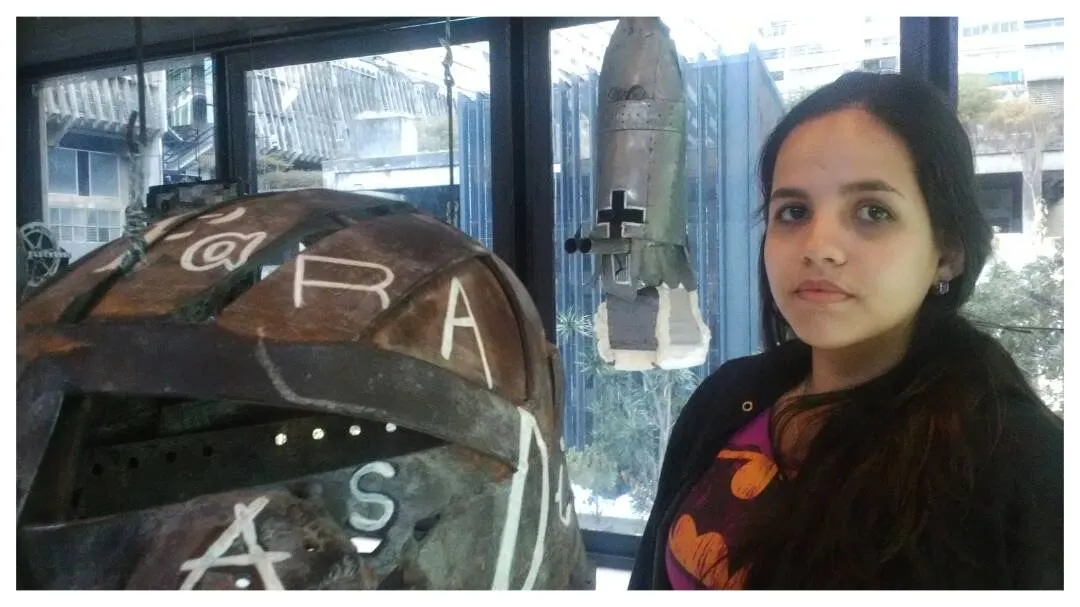
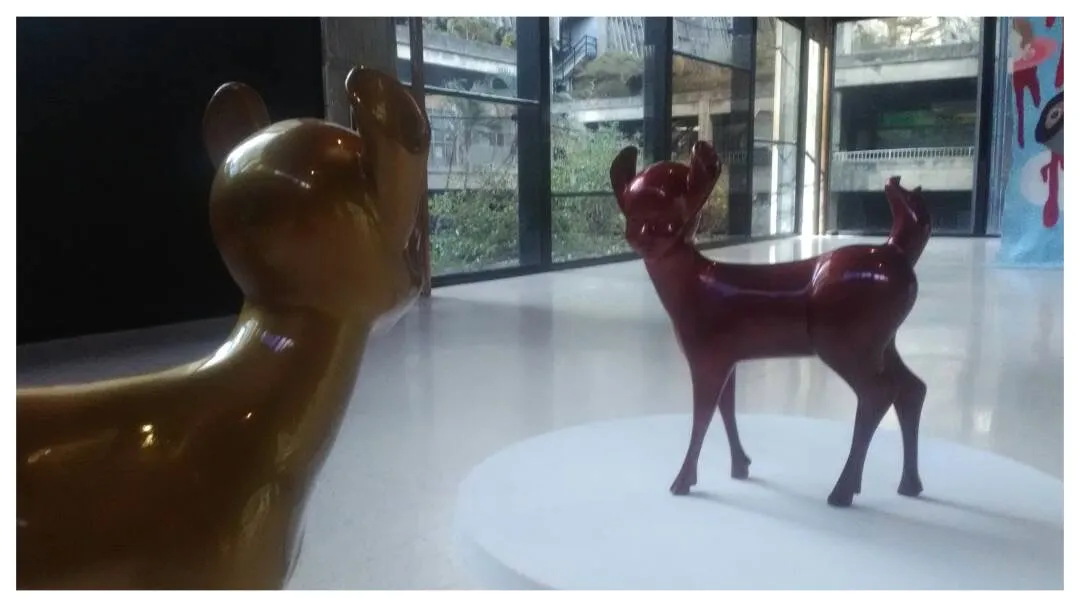
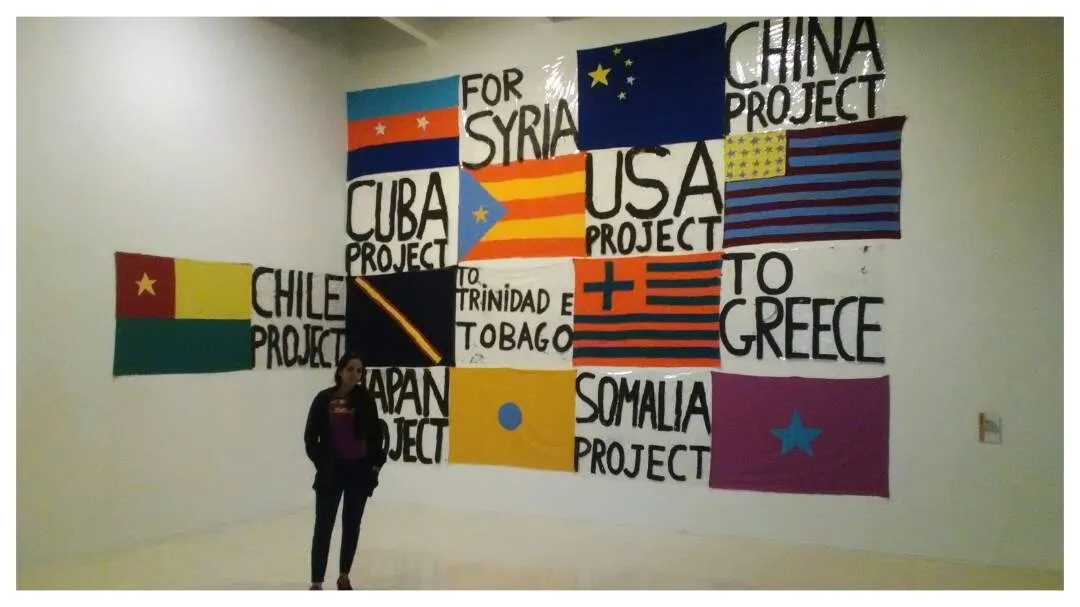
For the construction of the building, the renowned architect Sidorkovs, who worked together with other architects such as Tomás Lugo, Nelson Douahi and Jean Lagneau, was called upon. The vision was to create a building with a design in keeping with the urban style of greater Caracas. Being located in Parque Central and in a remarkable urban complex, a Brutalist building was created. A minimalist architectural style that rescues the appreciation of the construction materials in its purest form and the structural forms of the museum in question. The museum stands out for its great height, size and its facade with multiple pieces of concrete placed in juxtaposition. The materials that can be seen are glass, iron and above all concrete. An imposing building.
The building had five stages of expansion. The aim was to make the exhibition halls and offices larger, as the museum received more and more art collections and administrative staff. Of these, the Picasso Room, the first in Latin America, stands out. The expansion also sought to communicate the building with the surrounding avenues through new pedestrian and automobile entrances. A sculpture garden was also to be created. One of the greatest ambitions of the expansion was the realization of the unique vaults. The interior design of the building is that of polished concrete walls and polished concrete floors, large windows and an open concept.
Para la construcción del edificio se recurrió al reconocido arquitecto, Sidorkovs, quién trabajo en conjunto con otros arquitectos como Tomás Lugo, Nelson Douahi y Jean Lagneau. La visión era crear un edificio que tuviera un diseño acordé al estilo citadino de la gran Caracas. Al estar ubicado en Parque Central y en un complejo urbanístico destacable, se realizó un edificio de tipo Brutalista. Un estilo arquitectónico minimalista que rescata la apreciación de los materiales de construcción en su forma más pura y las formas estructurales que tiene el museo en cuestión. El museo destaca por su gran altura, tamaño y su fachada con múltiples piezas de hormigón colocadas en yuxtaposición. Los materiales que se pueden observar son el vidrio, el hierro y por sobre todo el hormigón. Un edifico imponente.
El edificio tuvo cinco etapas de expansión. Con esto se buscaba que las salas de exposiciones y oficinas fueran más amplias, dado que el museo recibía cada vez más colecciones artísticas y así personal administrativo. De las cuales destaca la Sala Picasso, la primera en latinoamérica. La expansión también buscaba comunicar el edificio con las avenidas circundantes a través de nuevas entradas peatonales y automovilística. Así como la realización de un jardín de esculturas. Una de las ambiciones más grandes con respecto a la expansión fue la realización de las bóvedas, únicas en su estilo. El diseño interior del edificio es el de paredes de hormigón pulido y suelos de cemento pulido, grandes ventanas y un concepto abierto.
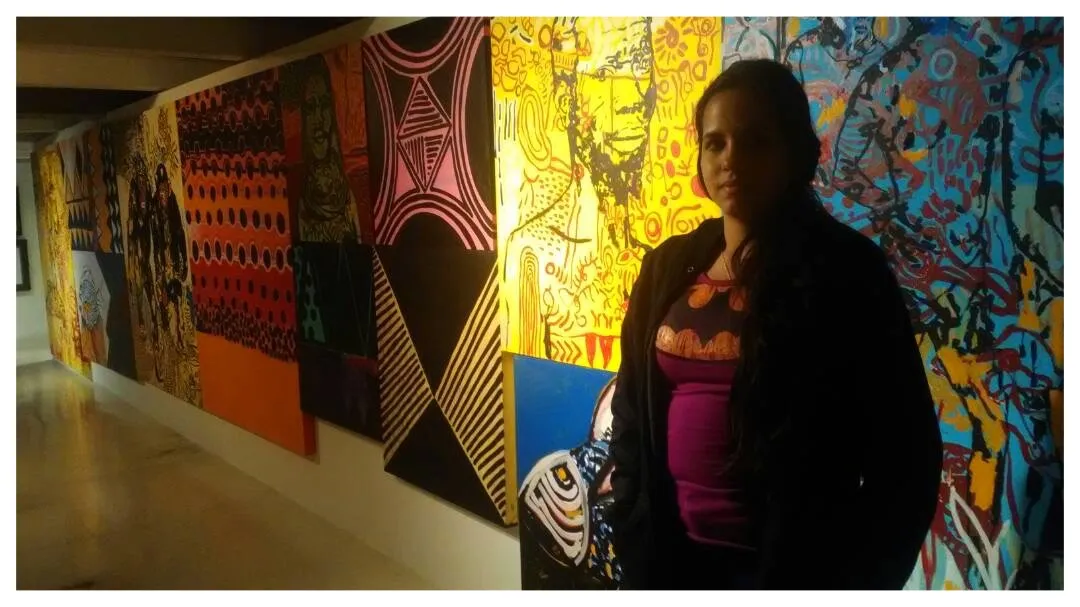
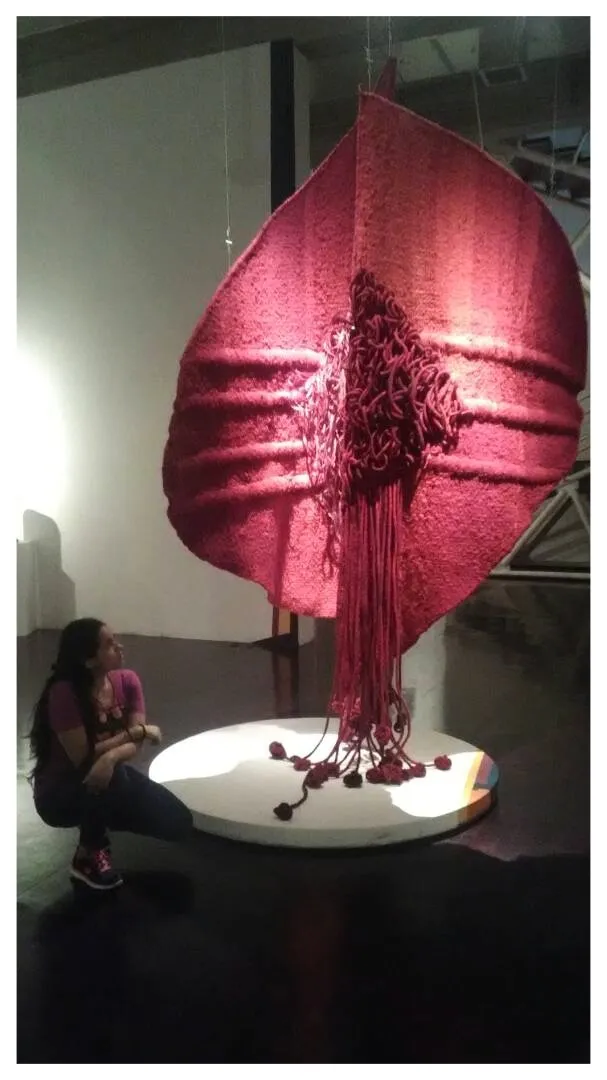
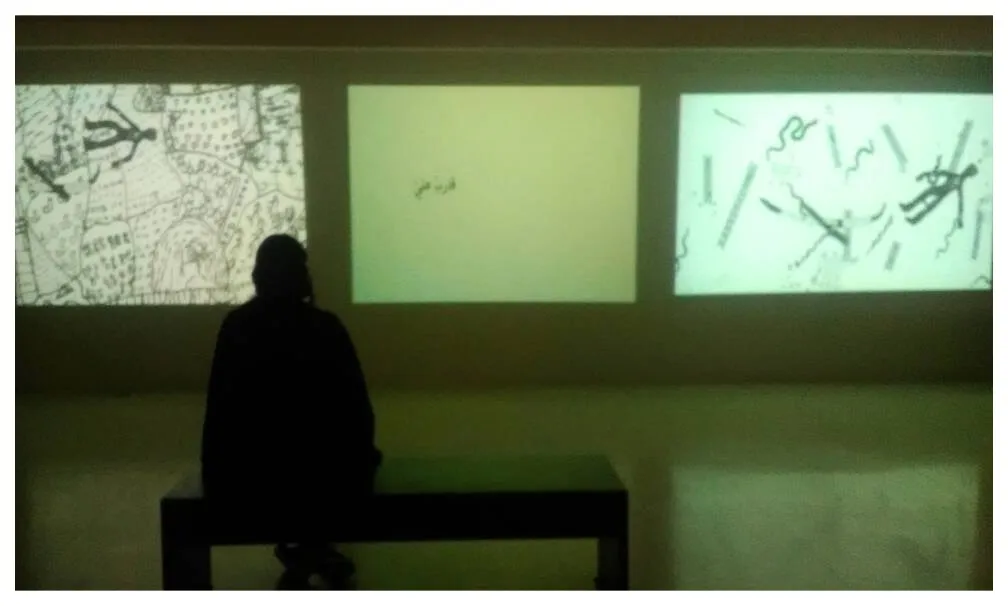
The Museum of Contemporary Art, in my experience, is a magnificent building. From the very first moment you can tell how imposing it is. Touring the museum in question can take about two hours or more as the collections are constantly changing. But unfortunately, since the dismissal of Sofia Imber as general director in 2001, the museum has fallen into tragedy. The first break-in began with the theft of Henri Matisse's Odalisque and since that theft, the list has grown. The constant change of directors in charge of the museum, produced instability and the correct management of the museum was forgotten. That is why today, not only are there missing works and physical spaces lost due to humidity and lack of maintenance, but finally in 2021, the museum closed its doors.
These photographs belong to my visit to the museum in 2019. By that time, the exhibition halls were open and there were a large number of works on display, including a photographic work by one of my art teachers, Isabel Falcón. Although I enjoyed the tour, I did notice the small number of visitors. The closing of the museum was something that I could see coming and that on repeated occasions, competent authorities on art made it known to the higher ups. I do not know if in the future they will reopen their doors. Finally my friends, my intention is not only to show the charm and wonder of a place, but to contrast that beauty with the tangible reality. I send you a big hug, thank you for stopping by.
El Museo de Arte Contemporáneo, según mi experiencia, es un edificio magnánimo. Desde el primer momento puedes notar lo imponente qué es. Recorrer el museo en cuestión puede tomar alrededor de unas dos horas o más pues constantemente cambia de colecciones. Pero lamentablemente, desde la destitución de Sofía Ímber como directora general en el año 2001, el museo ha caído en tragedia. La primera irrupción comenzó con el robo de La Odalisca de Henri Matisse y desde aquel robo, la lista se incrementó. El cambio constante de los directores a cargo del museo, produjo inestabilidad y que el correcto manejo museístico quedara en el olvido. Es por ello, que ha día de hoy, no solo hay obras faltantes y espacios físico perdidos por la humedad y el nulo mantenimiento, sino que finalmente en el 2021, el museo cerró sus puertas.
Estás fotografías pertenecen a mi visita al museo en el año 2019. Para aquel momento, las salas de exposición se encontraban abiertas y había una gran cantidad de obras expuestas, incluyendo un trabajo fotográfico por parte de una de mis profesores de arte, Isabel Falcón. Aunque disfrute el recorrido, si que pude notar la poca cantidad de visitantes. El cierre del museo era algo que se veía venir y que en repetidas ocasiones, autoridades competentes sobre el arte hicieron notar a los altos mandos. Desconozco si en un futuro volverán ha abrir sus puertas. Finalmente amigos míos, mi intención es no solamente mostrar el encanto y lo maravilloso de un lugar, sino contrastar esa belleza con la realidad tangible. Les envío un fuerte abrazo, gracias por pasar por aquí.
